Cylindrical Dust Collector: How Do You Tell the Various Models Apart?
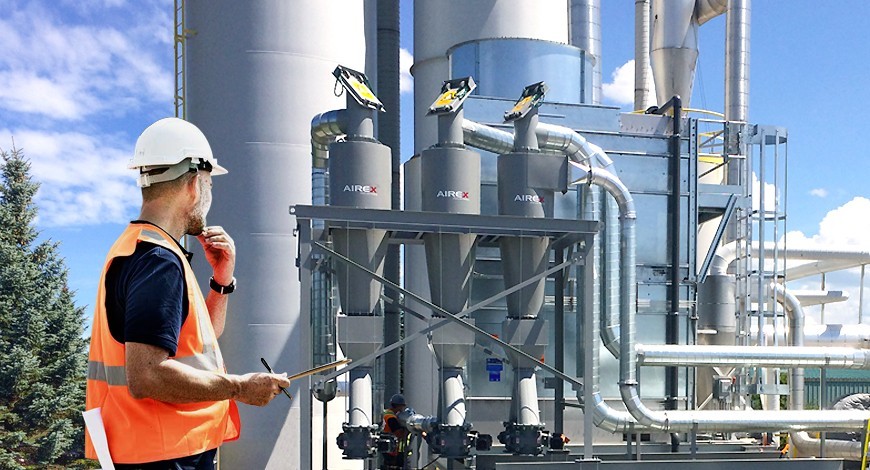
Are you new to your company? Perhaps you’re not too familiar with your existing dust collection system (which is a good sign if everything has been running smoothly for some time!)?
If you want to do an intervention on your unit, the first step is to identify the model to ensure that you take appropriate action. Demystify the various types of cylindrical dust collectors with our decision tree, perfect for guiding you in your diagnosis.
Observation 1: What Moves The Air?
Two technologies can generate air movement within a dust collection system: a turbine or a blower. How do you tell them apart?
A Turbine – Low Airflow And High Pressure

Since a turbine has compact shape , it usually has a relatively narrow wheel with a larger diameter in proportion to a standard blower. The reason is simple: a turbine (also called a high-vacuum pump) doesn’t need to move a lot of air, so the surface of its blades is narrower.
The cylindrical shape of the dust collector enables it to resist the strong negative pressure within the unit, which could otherwise warp it and even cause it to implode.
The turbine also generates a noise similar to that of a jet aircraft because its wheel operates at high performance and rotates at roughly 3,600 rpm (rotations per minute).
These clues indicate that you have of a high-pressure dust collector. Look no further!
A Blower – High Airflow And Low Pressure
Although there are several blower models (radial wheel, backward wheel, or direct drive), their shape is relatively easy to recognize. Compared to a turbine, a blower has a broader wheel with a smaller diameter.
Since its average rotation speed is 1,800 rpm under normal conditions, it produces a lower noise frequency.
If you notice a blower in your unit, keep reading to identify your type of round dust collector. The diagnosis continues!
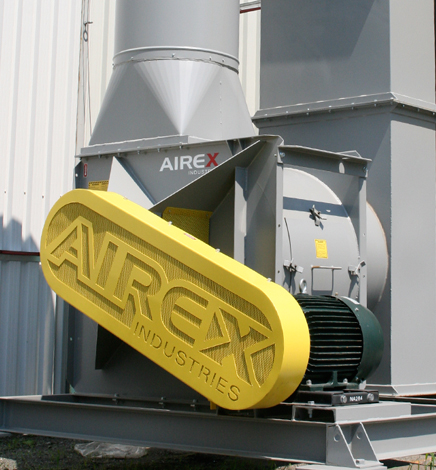
Observation 2: Does The Dust Collector Have A Declogging System?
If your unit has a declogging system, which dislodges the particles from the filter media, that is an important clue. So does it have filters?
Yes!
If you need to manage your dust collector’s filters, go right to observation 3. Are you unsure? Keep reading in order to get it clear in your mind.
As a reminder: we’re still talking about units with a blower, since a turbine system, too, can have a declogging system. Be sure to follow the order of our decision tree without going back to square one!
No…
If you don’t notice anything on your unit, your search is complete: you have a cyclone dust collector! This one does not have a filtering system; the unit is empty, apart from the particles that fall into its cylinder and the air that circles around and then exits at the top. In addition, it can be any size: very compact or very large.

On average, a cyclone dust collector can manage only 95% of the dust load. On its own, it therefore has an air emission rate that is too high to meet environmental standards. This is why this unit usually occupies the first part of a dust collection system.
Its role upstream of a dust collector with filters is important and can take multiple forms:
- Particle pre-separator;
- Spark arrester (very useful in foundries and the metallurgical industry).
A cyclone dust collector can also be used as the last component of a closed-loop pneumatic conveying system.
Observation 3: What Type Of Declogging Does Your Dust Collector Have?
Two main declogging options are possible in a round or cylindrical dust collector: through shaking and through compressed-air pulsation.
The following models have two-stage filtering: the cyclonic effect separates and captures the larger particles, while the filters take care of the fine dust.
Do You See A Protective Compartment? That is your declogging system’s engine.
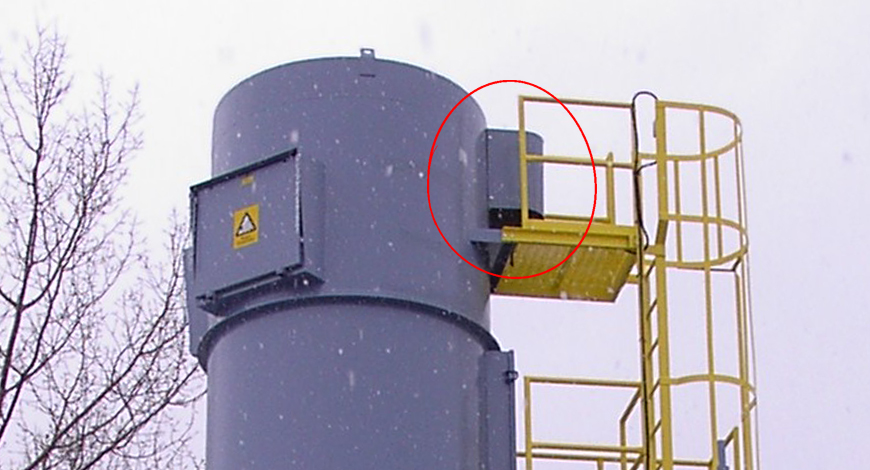
Most of the time, the shaker dust collector is used in establishments that don’t have access to compressed air or have applications that operate intermittently, such as trade schools and cabinet-making shops.
This dust collector, which is often medium sized, must be shut off in order to activate its mechanical shaker system. The filters are then shaken in order to dislodge the particles accumulated in the filter bags, and gravity pulls them into the hopper.
An Air Supply And Diaphragm Valves? This involves compressed air.
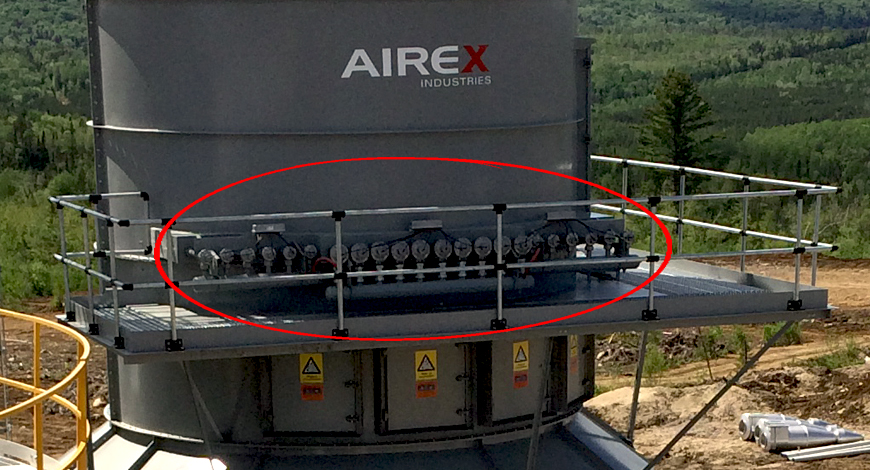
If you do indeed have pulsed-air declogging technology, your dust collector should be attached to a compressed air system. Look for the junction of the fresh air and exhaust air compartments of your air supply unit and for the diaphragm valves.
If your system handles a large dust load and a significant air flow, you likely have a baghouse dust collector with cyclonic effect. This very large, self-cleaning model is useful for industries that cannot shut down operations for doing maintenance on their system.
Did you know? If you hear a sharp sound resembling a gun shot, it’s the valves opening and the compressed air passing through them at full speed, creating a pulsation frequency in the dust collector. That shock wave helps declog the filter media.
Mystery Solved: It’s Time To Take Action!
Now that you have discovered your type of cylindrical system, you can solve your problem!
The next step? Read our procedures to determine the cause of your problem. Since the starting point of your diagnosis depends on the amperage of your blower (or turbine), take a look at the potential solutions if it has a normal or high electrical intensity or low amperage.
If your concerns persist, we as general contractors who specialize in ventilation, dust collection, and air management can help you find the cause and solve the problem. Just give us a sign!
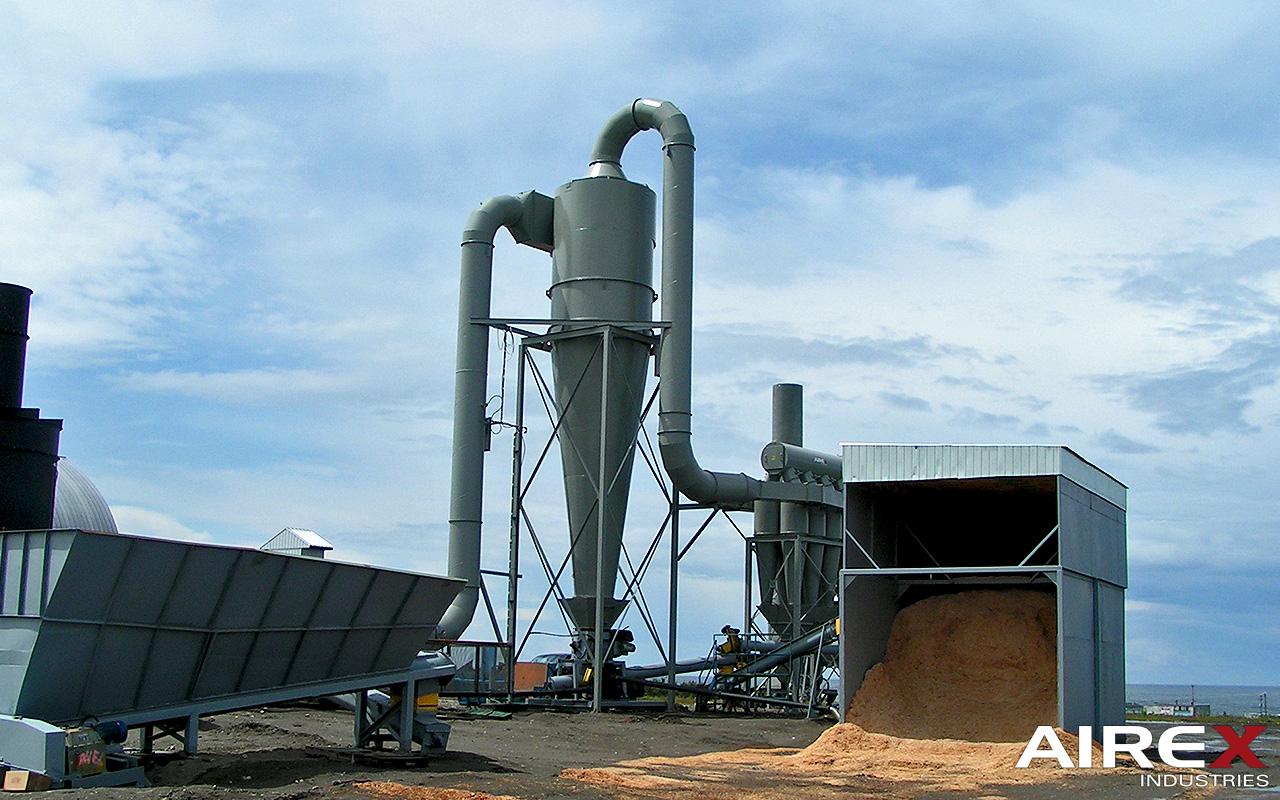
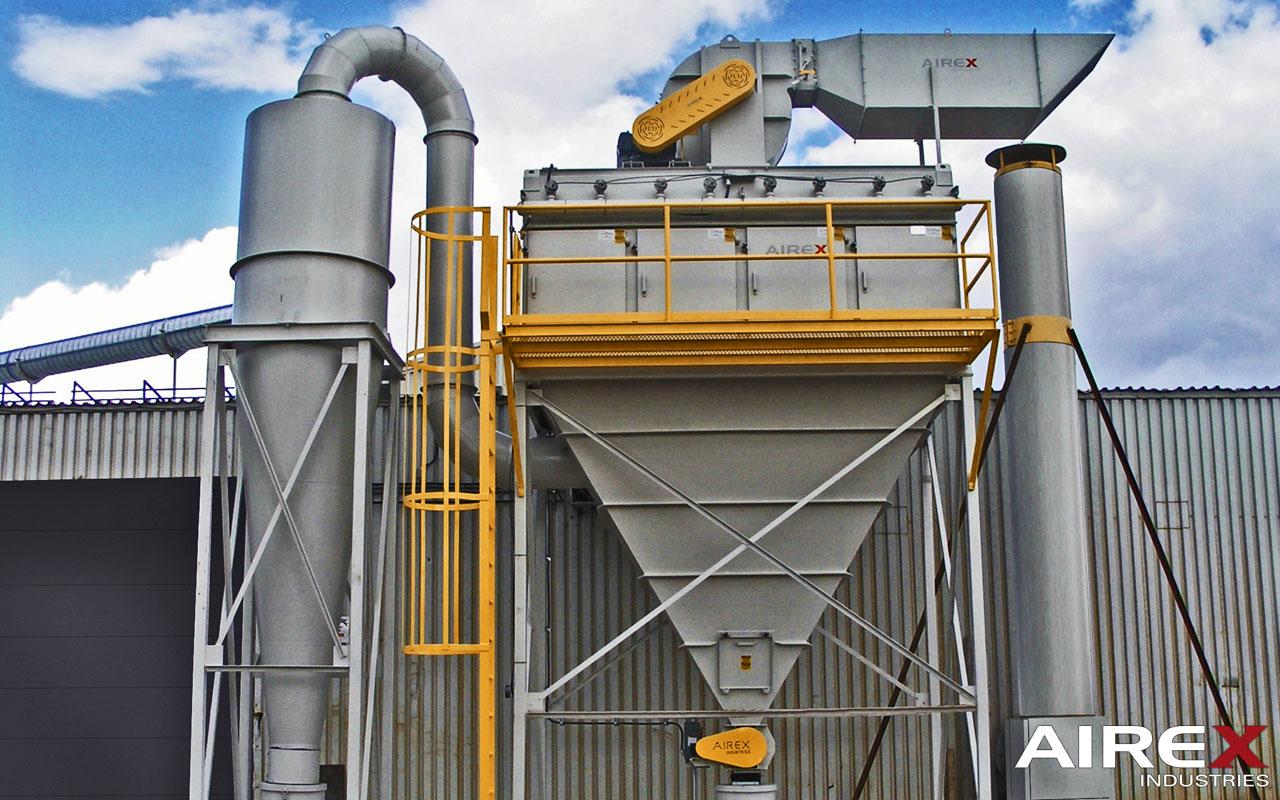
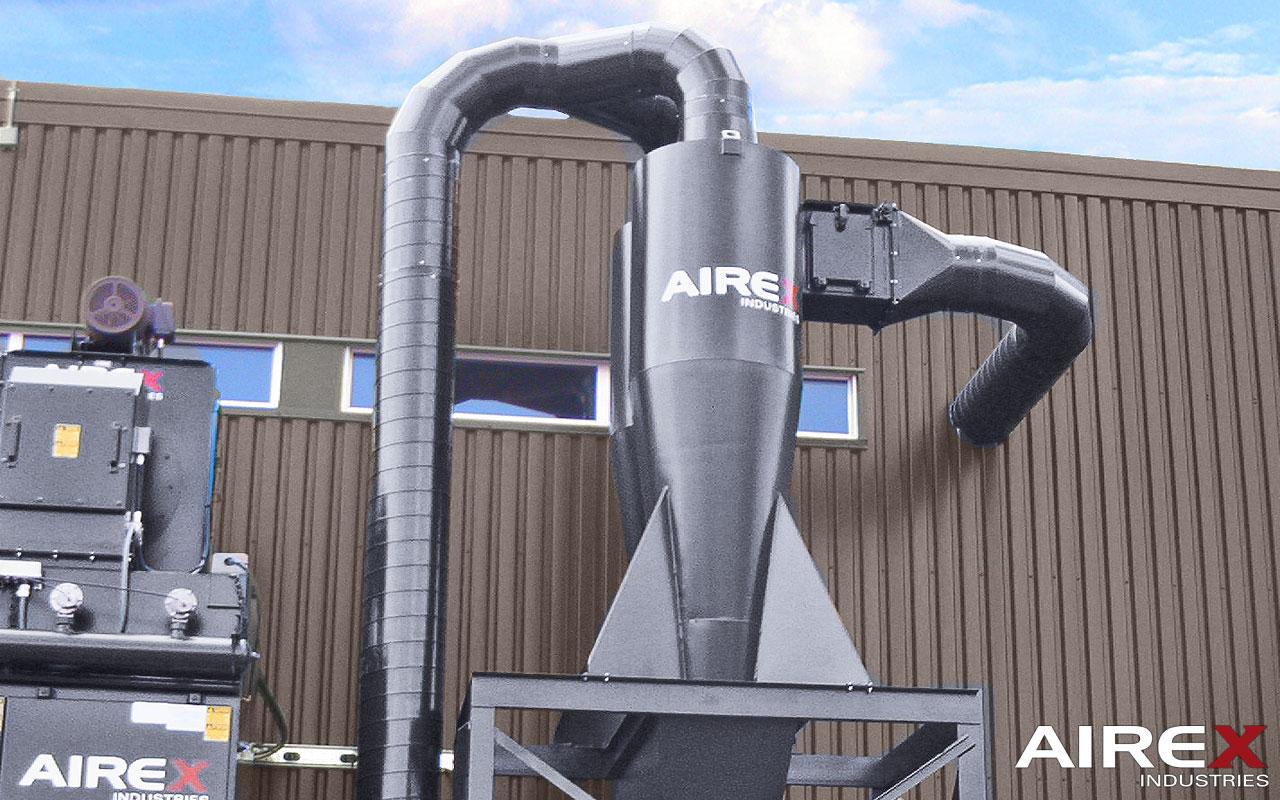

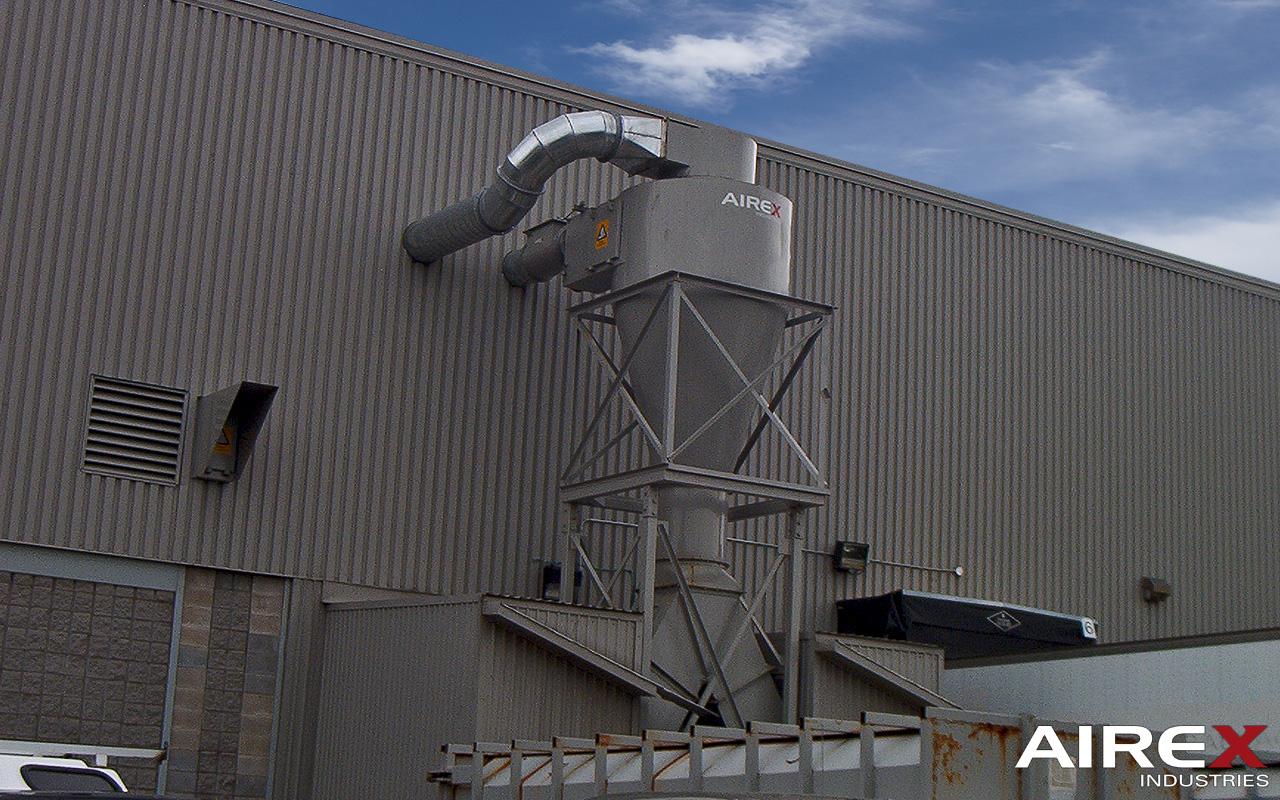

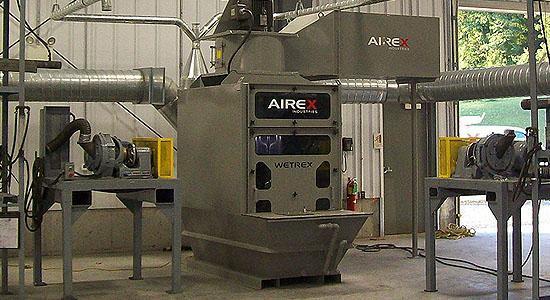
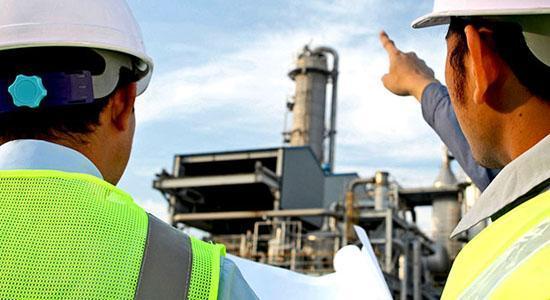
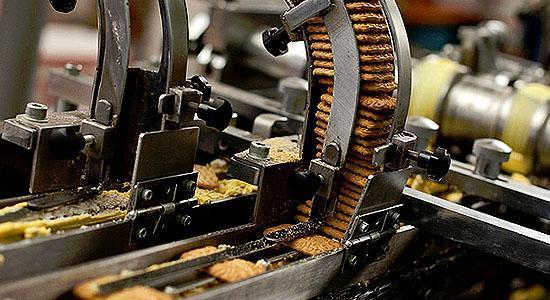
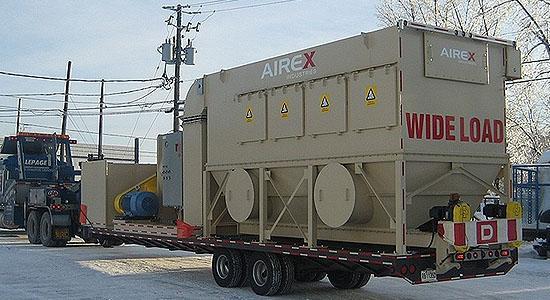
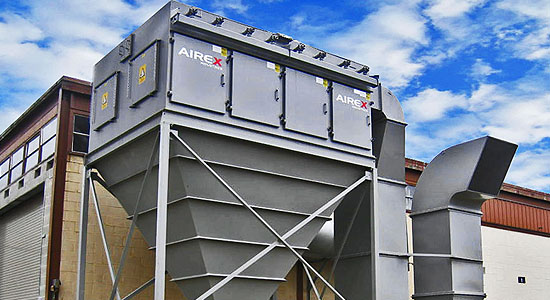
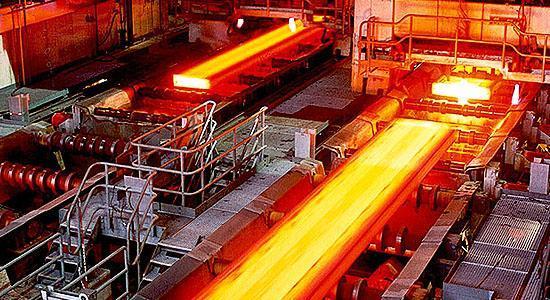
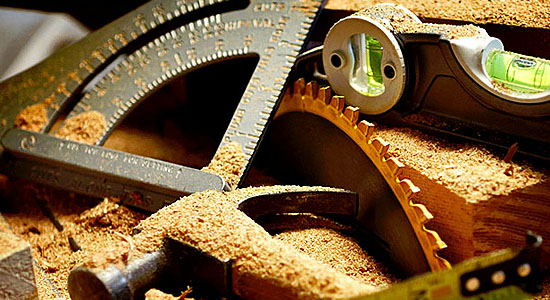
 Not sure what product fits your needs, or you looking for advice about the best solution for your problem?
Not sure what product fits your needs, or you looking for advice about the best solution for your problem?